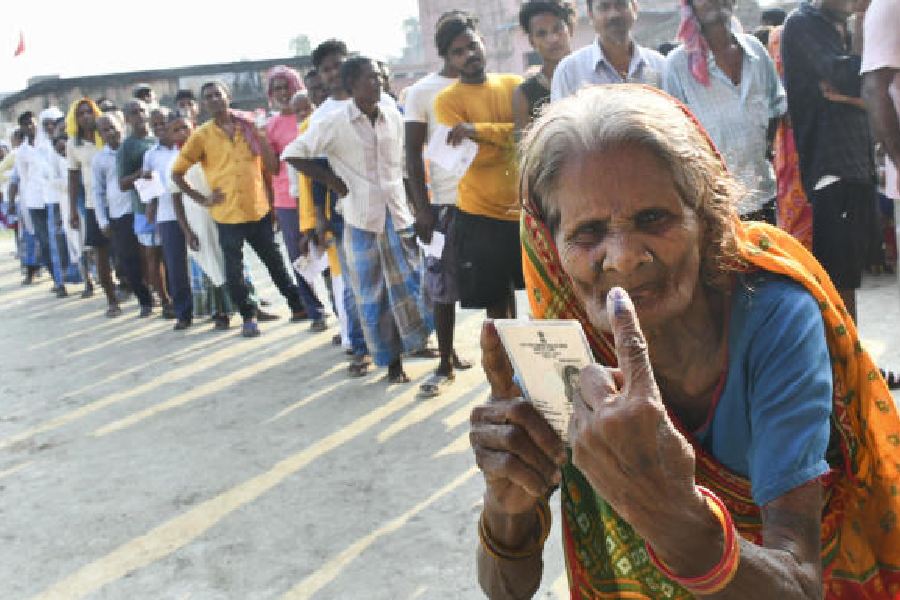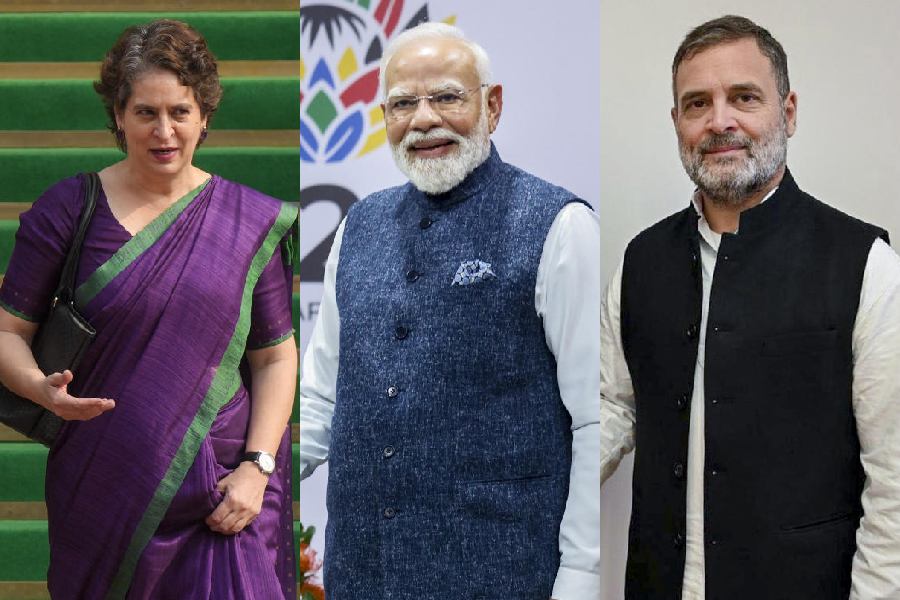Critics of Bihar’s draft electoral rolls — they were released on August 1 after the completion of the Special Intensive Revision exercise — have expressed apprehension of the SIR leading to massive disenfranchisement. The constituency of migrants, they fear, would be the principal victim of such exclusion. Another group that seems to have been adversely affected is that of the women of the state: more women electors, data suggest, have been deleted than men. In total, 3.41 crore females are part of August’s electoral rolls; this is 31 lakh fewer women voters than the figure in the rolls published in January. The corresponding dip in the number of male electors is 25 lakh. In 37 of the state’s 38 districts, more women have faced the proverbial axe than men, with the district of Gopalganj providing a sharp example. Here, the number of women electors dipped from over 10 lakh in January to an estimated 8.21 lakh — a 17.8% fall — this time around. News reports also revealed another peculiarity. Married women, whose names did not feature in the electoral rolls of 2003 and who have left their parental homes, have also been inconvenienced. They were facing trouble retrieving documentary evidence, be it certificates of residence or records of property, from their paternal homes.
What is significant is the suggested cause of the gender imbalance in Bihar’s SIR. The names of the deceased and those registered in multiple constituencies or who have permanently shifted out of Bihar or are untraceable have, according to the Election Commission of India, not figured in the revised rolls. The interesting thing is that gender anomalies do not exist as far as the death rates of men and women are concerned in Bihar. The sole exception was the time of the Covid-19 pandemic when more men were reported to have died than women. Women’s outmigration is also significantly lower than that of men in Bihar; in fact, most women, figures suggest, move within the state. A possible explanation that emerges to account for the greater deletion of women electors then pertains to the difficulties they faced while filling the enumeration forms. This, in turn, suggests that low literacy rates — Bihar had the lowest literacy among women in India in 2019-21 — could have played an instrumental role, eventually leading to subsequent deletions of women’s names from the August rolls. This reveals crucial, but often understated, links among a representative democracy, public goods like education, and gender as well as the need to correct imbalances that impact one another.











